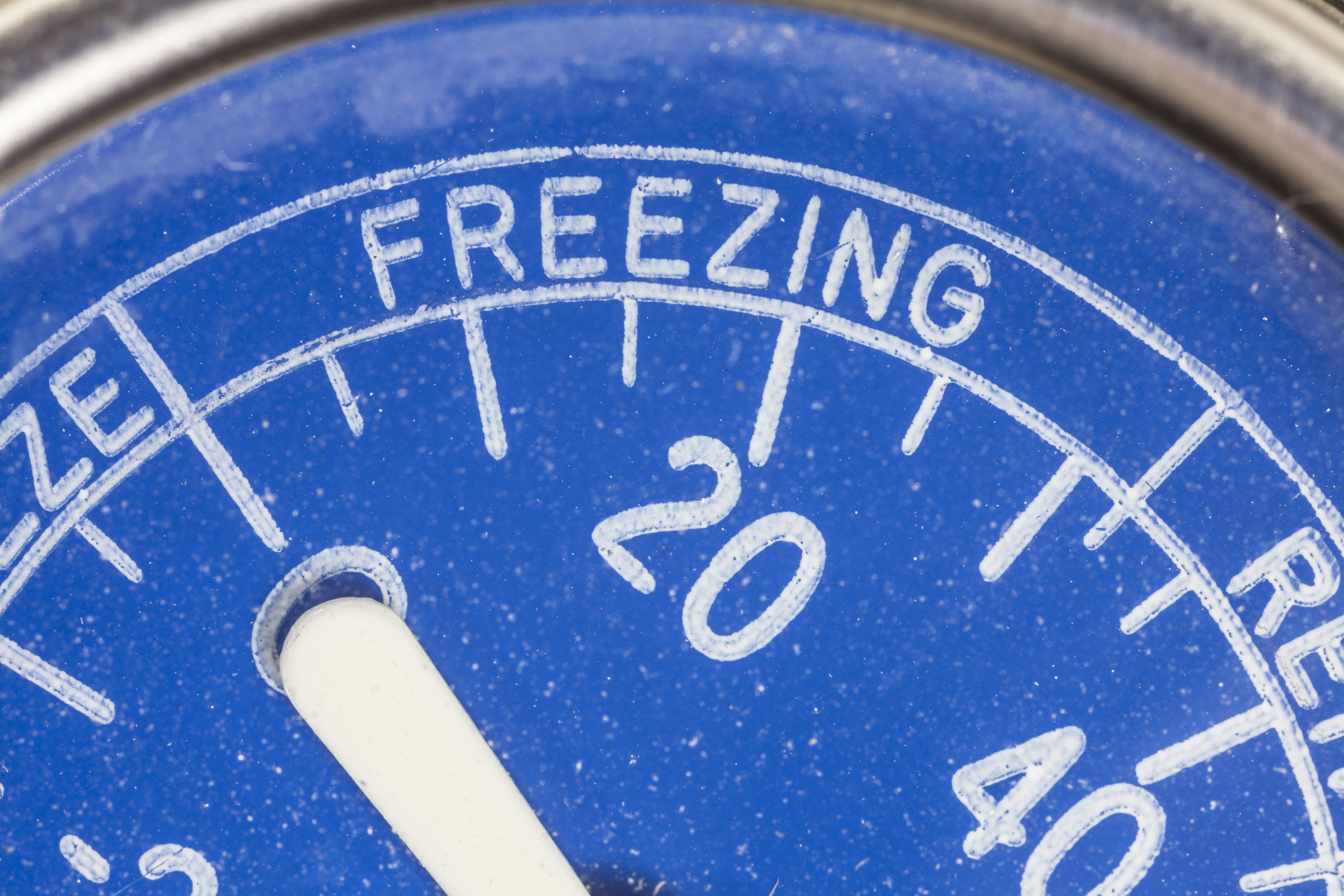
Dangerously cold polar air snapped spread from the Midwest to southern and eastern parts of the U.S. and eastern Canada breaking records across the U.S. This pulse of icy air, called a polar vortex, won’t bring heavy snowfall but rather creates dangerous cold and windchills.
But what happens when the temperature dips to a particular degree? Typically, at 32 degrees Fahrenheit (0 degrees Celsius), water begins to freeze. At 28.4 degrees F (minus 2 C), seawater begins to freeze based on an average salinity of 3.5 percent. Once you get into the negatives, frostbite can begin to occur at minus 10 F (minus 23 C) within 30 minutes if the wind speed is just 5 miles per hour. At minus 40 F (minus 40 C), frostbite occurs within five minutes if the wind speed is 15 mph.
Follow LiveScience @livescience, Facebook & Google+.
Sign up for the Live Science daily newsletter now
Get the world’s most fascinating discoveries delivered straight to your inbox.










